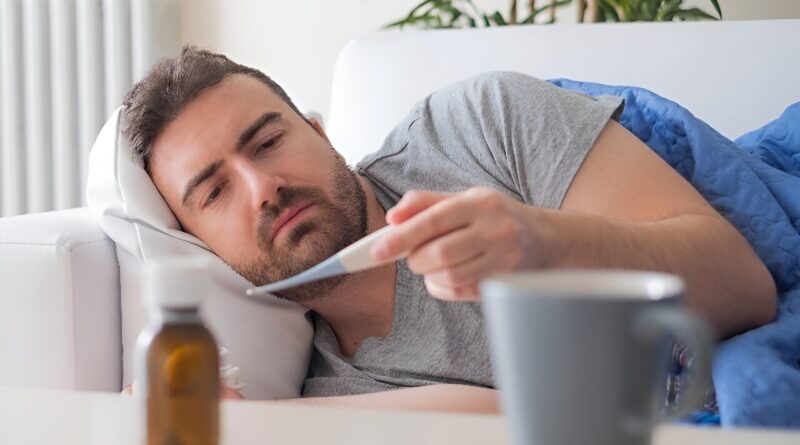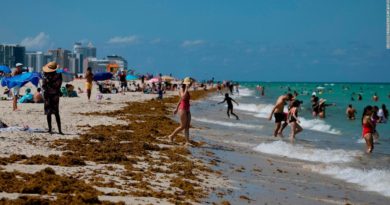COVID-19 viral load rebound can occur after VV116, nirmatrelvir-ritonavir
For patients with mild-to-moderate COVID-19, viral load rebound and symptom rebound can occur after a standard five-day course of treatment with VV116 or nirmatrelvir-ritonavir, according to a study published online March 13 in JAMA Network Open.
Zhitao Yang, M.D., from Ruijin Hospital in Shanghai, and colleagues conducted a randomized clinical trial involving adults with mild-to-moderate COVID-19 and within five days of severe acute respiratory syndrome coronavirus 2 infection. Participants were randomly allocated to receive VV116 or nirmatrelvir-ritonavir (165 and 180 patients, respectively) for five days.
The researchers found that viral load rebound occurred in 20.0 and 21.7 percent of patients in the VV116 and nirmatrelvir-ritonavir groups, respectively. Symptom rebound occurred in 25.6 and 24.5 percent of patients in the VV116 and nirmatrelvir-ritonavir groups, respectively. For 24 rebound cases, viral whole-genome sequencing showed the same lineage at baseline and viral load rebound.
“Effective treatment options in addition to the drug per se, especially the potential prolongation of treatment duration, as well as the interplay of viral infection, host immunity, and antiviral treatment in the process of rebound, warrant investigation in future studies,” the authors write.
VV116 and nirmatrelvir-ritonavir tablets were provided by the Shanghai Junshi Biosciences.
More information:
Zhitao Yang et al, COVID-19 Rebound After VV116 vs Nirmatrelvir-Ritonavir Treatment, JAMA Network Open (2024). DOI: 10.1001/jamanetworkopen.2024.1765
Journal information:
JAMA Network Open
Copyright © 2024 HealthDay. All rights reserved.




